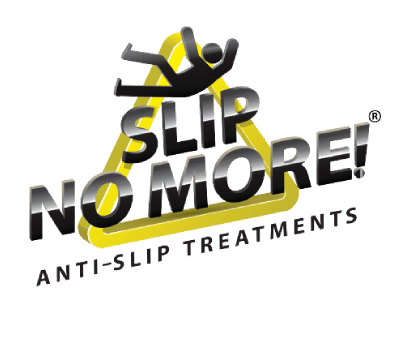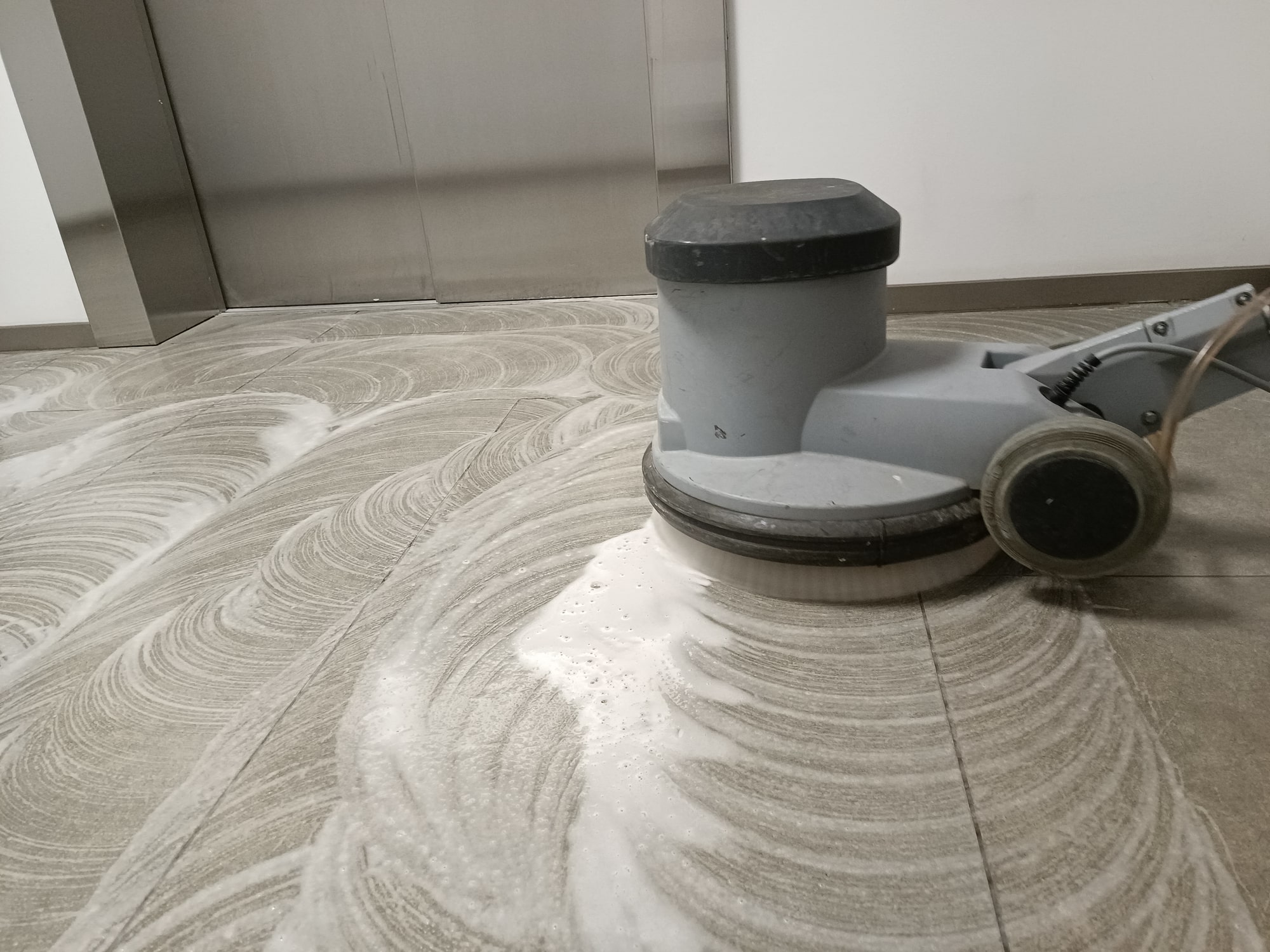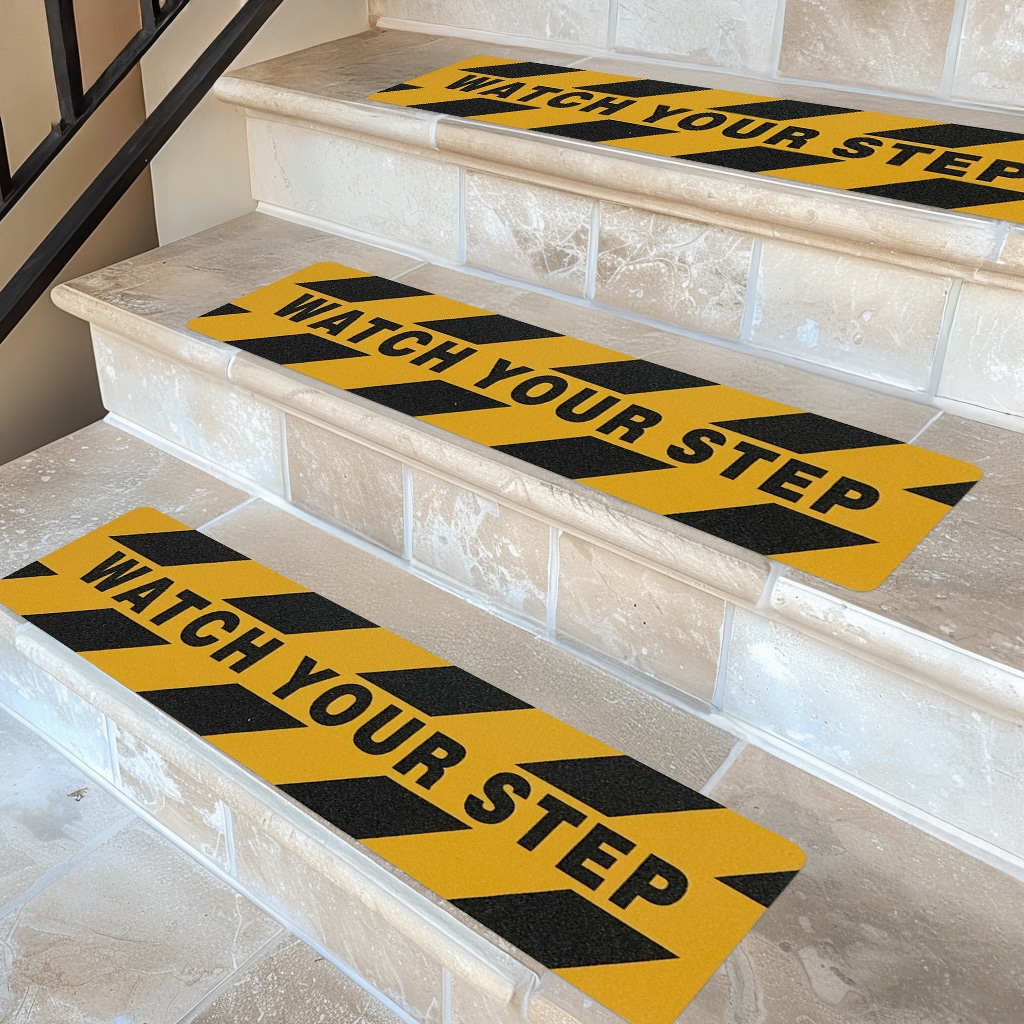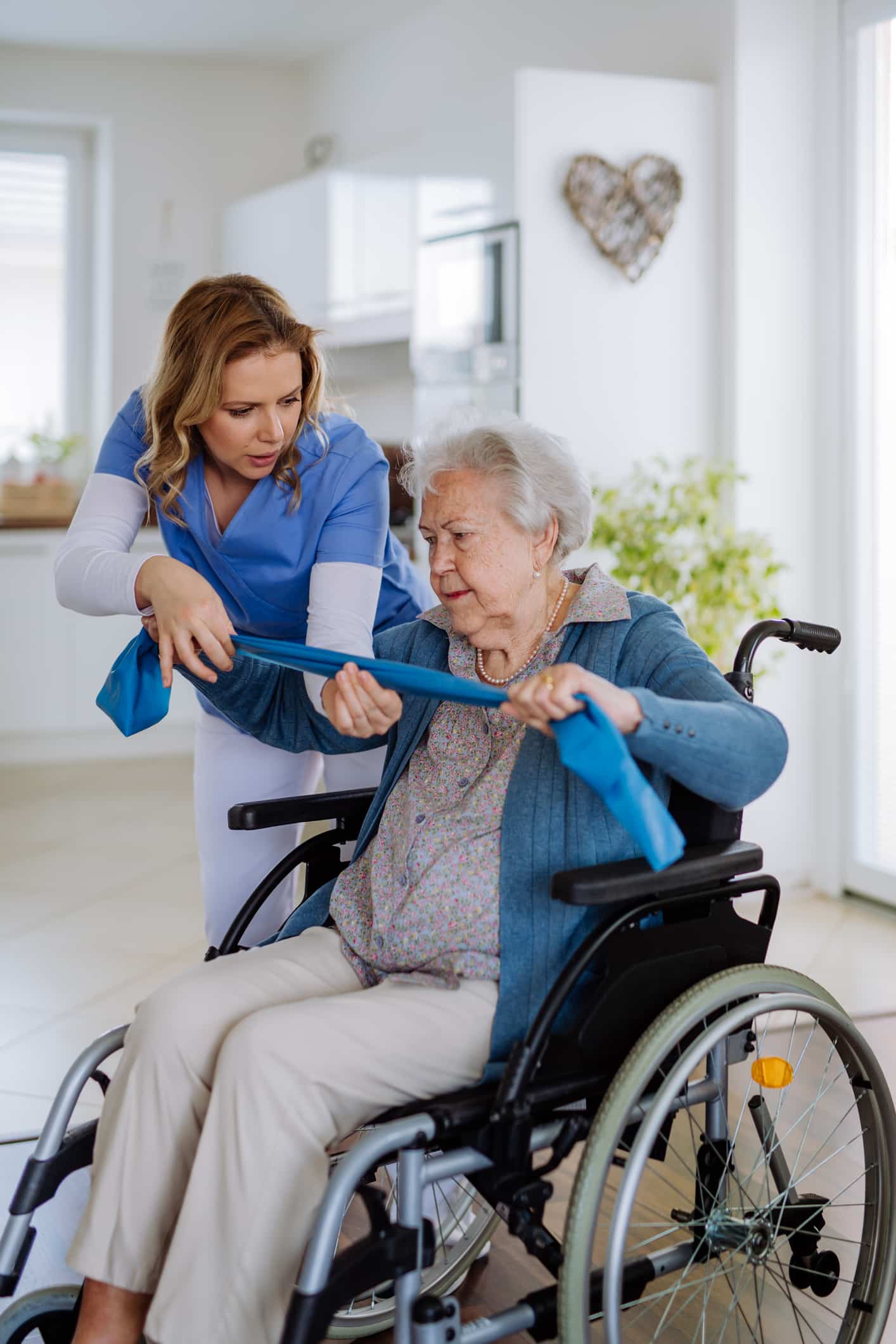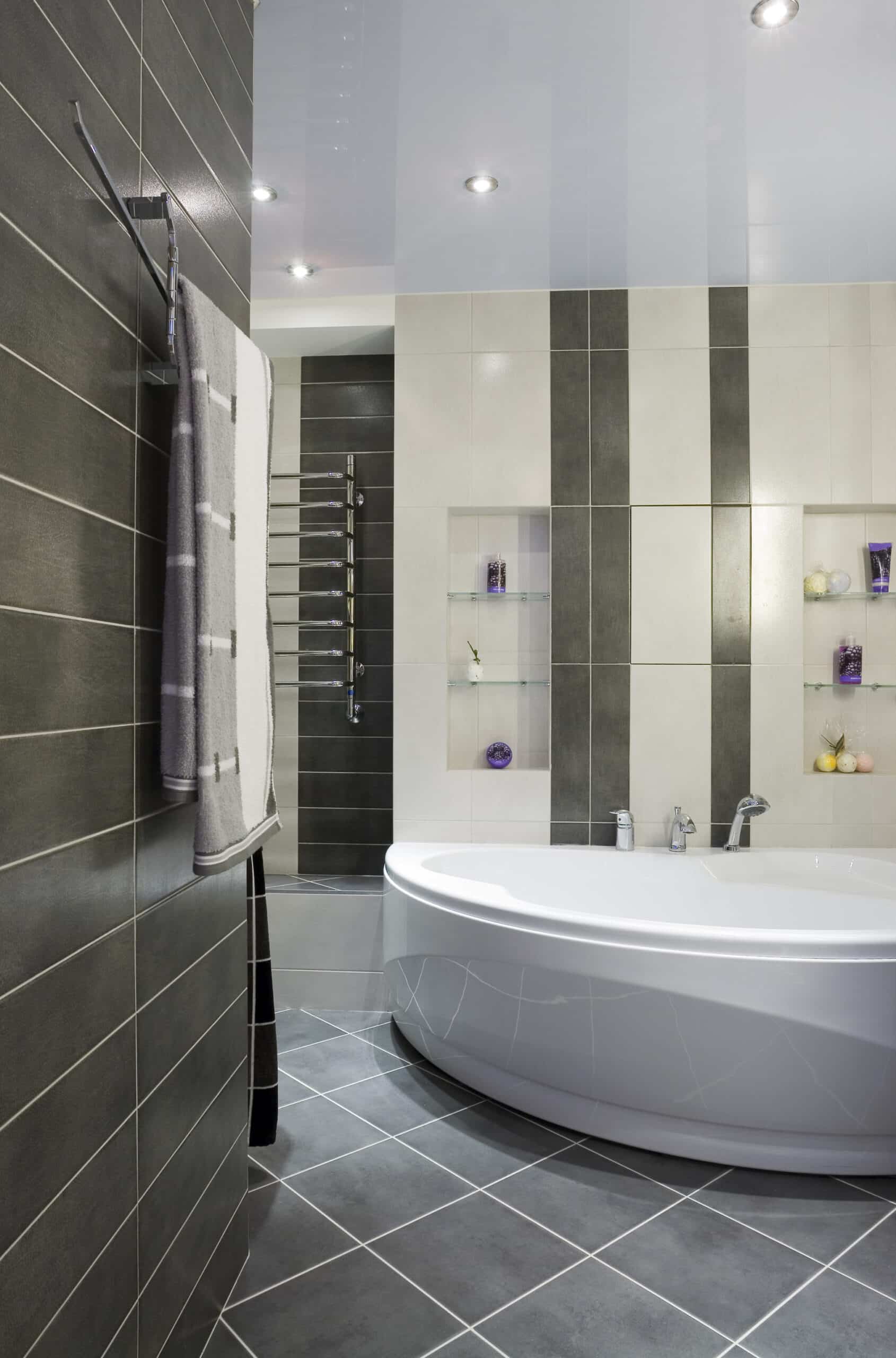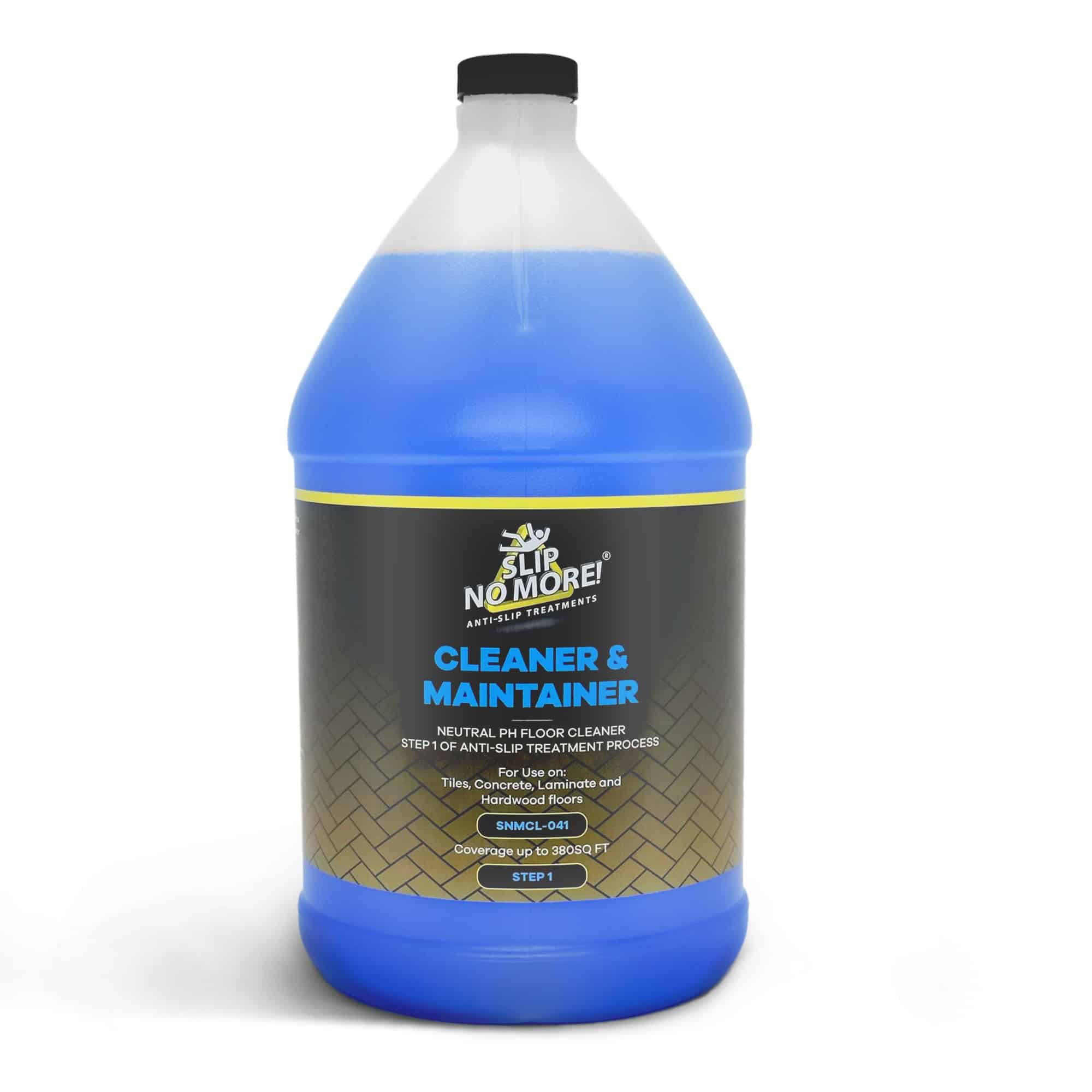Welcome to the ultimate guide on how to keep non-slip floors clean! Non-slip floors are a popular and practical choice for many commercial and residential spaces. Their textured surface offers enhanced safety by preventing slips and falls. However, keeping them clean and maintaining their functionality can be challenging if you don’t have the right strategies.
In this comprehensive guide, we will share expert tips and tricks on how to clean your non-slip floors effectively. We’ve covered you, from the best cleaning solutions to recommended tools and techniques. We’ll also address common issues like removing stubborn stains and preventing the buildup of grime and dirt.
Whether you have non-slip floors in your kitchen, bathroom, or outdoor spaces, this guide will provide the knowledge and tools to keep them pristine and slip-resistant. By following our insightful advice, you can ensure that your non-slip floors provide safety and remain visually appealing for years.
Join us on this cleaning journey and take the first step towards maintaining your non-slip floors in top-notch condition.
Understanding non-slip floors
Non-slip floors are designed with a textured surface that provides traction and reduces the risk of slips and falls. They are commonly made from rubber, vinyl, or tile and are often found in areas prone to moisture or spills, such as kitchens, bathrooms, and outdoor spaces. The textured surface of non-slip floors helps to increase friction between the floor and footwear, making it safer for people to walk on.
Importance of keeping non-skid floors clean
Keeping non-slip floors clean is crucial for several reasons. Firstly, regular cleaning helps to maintain the effectiveness of the non-slip surface. Over time, dirt, grime, and spills can accumulate on the floor, reducing its traction and increasing the risk of slips and falls. Secondly, cleaning your non-slip floors creates a hygienic and visually appealing environment. Whether in a residential kitchen or a commercial restroom, clean floors create a positive impression and enhance the overall cleanliness of the space.
Common challenges in maintaining anti-slip floors
Maintaining non-slip floors can present some unique challenges. The textured surface of these floors tends to trap dirt and debris, making it harder to remove than smooth surfaces. Additionally, certain cleaning products and techniques may not be suitable for non-slip floors as they can damage the texture or leave behind a residue that affects the floor’s slip resistance. It is essential to understand these challenges and adopt the right cleaning strategies to overcome them.
Tools and equipment for cleaning non-slip floors
When cleaning non-slip floors, having the right tools and equipment is essential. Here are some items you’ll need:
1. Broom or vacuum cleaner: Start by removing loose dirt and debris from the floor using a broom or a vacuum cleaner with a brush attachment. Be sure to reach into the crevices of the textured surface to remove any trapped dirt.
2. Microfiber mop: A microfiber mop is ideal for cleaning non-slip floors as it effectively captures dirt and grime without leaving streaks. Choose a mop with a flat head that can easily maneuver around corners and edges.
3. Neutral pH cleaner: Non-slip floors require gentle cleaning solutions to avoid damaging the texture. Look for a neutral pH cleaner formulated explicitly on these types of floors. Avoid using acidic or abrasive cleaners as they can degrade the non-slip surface.
4. Bucket: Fill a bucket with warm water and add the appropriate amount of the neutral pH cleaner. Follow the manufacturer’s instructions for the correct dilution ratio.
5. Soft bristle brush: For stubborn stains or areas with heavy grime buildup, a soft bristle brush can be used with the cleaning solution to agitate and remove the dirt. Ensure the brush is gentle enough not to damage the floor’s texture.
Test any cleaning product or technique on a small, inconspicuous floor area to ensure compatibility and avoid potential damage.
Step-by-step guide to cleaning anti-slip floors
Cleaning non-slip floors requires a systematic approach to ensure thoroughness and efficiency. Follow these steps for effective cleaning:
1. Clear the area: Remove any furniture, rugs, or objects obstructing the cleaning process.
2. Dry sweep or vacuum: Use a broom or vacuum cleaner with a brush attachment to remove loose dirt and debris from the floor. Pay special attention to the textured surface and crevices.
3. Prepare the cleaning solution: Fill a bucket with warm water and add the recommended amount of the neutral pH cleaner. Mix well to create a soapy solution.
4. Mop the floor: Dip the microfiber mop into the cleaning solution and wring out any excess liquid. Begin mopping the floor, starting from one corner and working towards the exit. Use gentle, overlapping strokes to ensure thorough coverage.
5. Focus on tough stains: For stubborn stains or areas with heavy grime buildup, apply the cleaning solution directly to the spot and gently scrub the area with a soft bristle brush. Rinse the brush frequently to prevent cross-contamination.
6. Rinse the mop: After mopping the entire floor, rinse the mop thoroughly to remove any dirt or residue. Fill a clean bucket with plain water and rinse the mop head before continuing.
7. Rinse the floor: Fill a clean bucket with plain water and use the mop to rinse the floor. This step helps to remove any remaining soap residue and ensures a clean finish.
8. Dry the floor: Allow the floor to air dry or use a clean, dry microfiber mop to speed up the drying process. Avoid walking on the wet floor until it is scorched.
Following these step-by-step instructions, you can effectively clean your non-slip floors and maintain their resistance.
Tips for preventing slips and falls on non-slip floors
While regular cleaning is essential, there are additional measures you can take to prevent slips and falls on non-slip floors. Here are some tips:
1. Use appropriate footwear: Encourage people to wear footwear with non-slip soles when walking on non-slip floors. Avoid shoes with worn-out treads or slippery soles.
2. Place mats or rugs strategically: Use non-slip mats or rugs in high-traffic areas or areas prone to spills, such as entryways or kitchen sinks. These mats provide an extra layer of protection and help to absorb moisture.
3. Promptly clean up spills: Spills should be cleaned immediately to prevent them from seeping into the textured surface and compromising the floor’s slip resistance. Keep absorbent cloths or paper towels handy for quick cleanups.
4. Regular maintenance checks: Periodically inspect your non-slip floors for any signs of damage or wear. Replace any damaged sections promptly to ensure the floor maintains its slip resistance.
By implementing these preventive measures, you can reduce the risk of slips and falls on non-slip floors and create a safer environment for everyone.
Recommended cleaning products for non-slip floors
Choosing the right cleaning products is crucial for maintaining non-slip floors’ slip resistance and longevity. Here are some recommended cleaning solutions:
1. Neutral pH floor cleaner: Look for a neutral pH floor cleaner specifically designed for non-slip floors. These cleaners remove dirt and grime without compromising the floor’s slip resistance.
2. Enzyme-based cleaners: For areas with organic stains or odors, such as kitchens or bathrooms, enzyme-based cleaners are a good option. These cleaners break down organic matter and eliminate odors without leaving residue behind.
3. Natural cleaning solutions: If you prefer natural cleaning solutions, vinegar and baking soda can effectively clean non-slip floors. However, be cautious when using acidic solutions on particular non-slip floors, as they can damage the texture over time.
Always follow the manufacturer’s instructions when using cleaning products and test them on a small, inconspicuous area first to ensure compatibility with your specific non-slip floor.
Best practices for regular maintenance of non-slip floors
Regular maintenance is critical to keeping non-slip floors in top-notch condition. Here are some best practices to follow:
1. Sweep or vacuum daily: Remove loose dirt and debris from the floor daily to prevent them from accumulating and becoming harder to remove.
2. Clean up spills immediately: Promptly clean up any spills or liquid accidents to prevent them from seeping into the textured surface and compromising the floor’s slip resistance.
3. Use doormats or entryway systems: Place doormats or entryway systems at entrances to trap dirt and debris before they reach the non-slip floor. Regularly clean and maintain these mats to ensure their effectiveness.
4. Schedule deep cleanings: In addition to regular daily maintenance, schedule periodic deep cleanings of your non-slip floors. This can include using a scrub brush or machine to remove embedded dirt and grime.
By incorporating these best practices into your regular cleaning routine, you can extend the lifespan of your non-slip floors and maintain their slip resistance.
Professional cleaning services for non-slip floors
Professional cleaning services are available if you cannot maintain or clean your non-slip floors or require a thorough deep cleaning. These services have the expertise and specialized equipment to effectively clean non-slip floors without causing any damage.
When hiring a professional cleaning service, ensure they have experience working with non-slip floors and use appropriate cleaning techniques and products. Request references or testimonials to ensure their credibility and reliability.
Conclusion
In this comprehensive guide, we have explored the best strategies for keeping non-slip floors clean and slip-resistant. From understanding the importance of cleanliness to the step-by-step process of cleaning non-slip floors, you now know how to maintain these surfaces in top-notch condition effectively.
Following the recommended tools, techniques, and cleaning products ensures that your non-slip floors provide safety and remain visually appealing for years. Remember to incorporate preventive measures and regular maintenance practices into your cleaning routine to enhance further the longevity and slip resistance of your non-slip floors.
Now that you’re equipped with the ultimate guide on how to keep non-slip floors clean, it’s time to take action and start implementing these strategies. Say goodbye to dirty and slippery floors and hello to a clean and safe environment!
About Slip No More
With more than 15 years of experience in the slip-prevention industry, our products are developed to solve the problem of slippery floors in all areas.
Why not follow our Facebook, Instagram, Twitter, or YouTube accounts for funny videos, informative posts, and general floor safety information? We also have loads of great reviews from our customers on Trustpilot. If you found this article helpful, take a look at our related articles:
